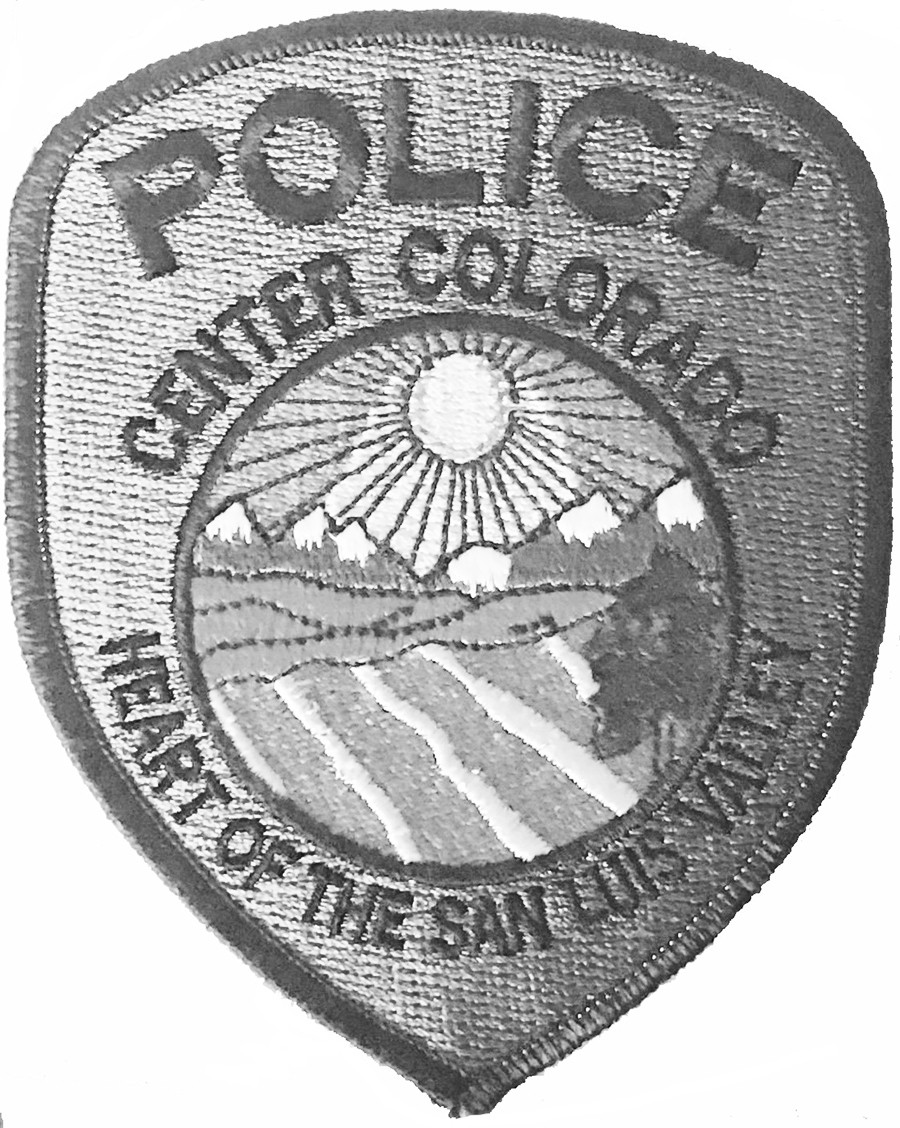Center Police Chief educates public on heroin

CENTER — Center police Chief Dale Meek has issued his second article on drug usage to educate Center’s Neighborhood Watch and Business Coalition. Meek’s previous article dealt with methamphetamine use and the article that follows addresses heroin use.
Heroin is an addictive narcotic that occurs naturally and can be made synthetically. Heroin is converted to morphine in the brain, and the morphine molecules then produce pain-relieving and euphoric effects in users by binding to opioid receptors in the brain and spinal cord.
People who use heroin typically report feeling a surge of a pleasurable sensation — a “rush.” The intensity of the rush is a function of how much drug is taken and how rapidly the drug enters the brain and binds to the opioid receptors.
The powerful euphoric “high” abusers feel when snorting, smoking or injecting it often leads to repeated and habitual use of this drug. However, the body rapidly adapts to the overstimulation of opioid receptors, and over time, abusers must take greater doses of heroin to achieve the same “high.”
The most common use of heroin in the Center area is injecting. This leads to users possessing syringes, small butane or high output lighters, small pieces of cotton, aluminum foil, spoons or other metallic items to “cook” the heroin so it can be transformed from a solid to a liquid.
With heroin, the rush is usually accompanied by a warm flushing of the skin, dry mouth, and a heavy feeling in the extremities. Nausea, vomiting, and severe itching may also occur. After the initial effects, users usually will be drowsy for several hours; mental function is clouded; heart function slows; and breathing is also severely slowed, sometimes enough to be life-threatening.
Visible Signs: • Flushed skin • Small pupils • Watery eyes • Runny Nose • Itching skin • Drowsy or Relaxed • Track marks or multiple needle injection spots on the body
Heroin Overdose Signs:
A severe reaction to heroin use will require medical attention, as will a heroin overdose. Toxicity levels of heroin may be related to the purity of the heroin or the presence of poisonous additions such as fentanyl. Whether due to toxicity or purity, the following are common signs associated with a heroin overdose: • Bluish lips and/or nails • Disorientation • Shallow breathing or difficulty breathing • Delirium • Pinpoint pupils • Muscle spasticity • Low blood pressure • Drowsiness • Weak pulse • Coma
Finally, after a period of chronic use, most users will pass into a state of physical dependence, in which the body has become so accustomed to the drug that the addict will become physically ill if he or she stops taking the drug suddenly. Individuals who are around those who abuse heroin may notice items of value go missing.
Typical users are unable to work a steady job to finance their habit. The person abusing heroin may apologize or deny the theft or other illegal activities as a way of protecting the heroin use.



